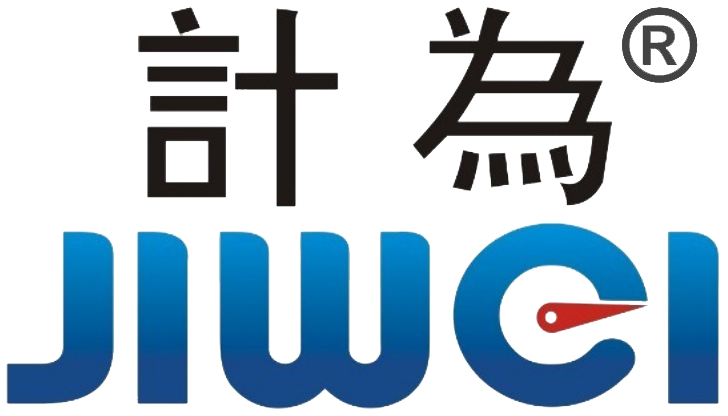DCS Systems Fault Diagnosis and Troubleshooting Skills for Industrial Automation
Introduction
Distributed Control Systems (DCS or DCS Systems) play a crucial role in modern industrial automation, especially in heavy industries such as petrochemicals, power generation, steel production, and papermaking. By enabling automated control and monitoring of complex production processes, DCS improves efficiency and maintains production stability. However, despite these advantages, faults are inevitable during system operation. This article introduces common DCS fault types, diagnostic methods, and troubleshooting skills to help engineers quickly identify and resolve issues, ensuring smooth and safe production.

Common Fault Types in DCS Systems
Hardware Faults
- Controller Failures: As the core component of DCS Systems, controller faults caused by power supply issues, communication failures, or hardware damage can directly disrupt system operation.
- I/O Module Failures: Input/output modules are critical for accurate sensing and control. Faults here may result in sensor signal loss or errors, impacting overall system accuracy.
- Network Communication Failures: Communication between system modules depends on network stability. Network faults lead to data exchange disruptions, causing delayed or distorted control signals.
Software Faults
- Programming Errors: Bugs or unauthorized modifications in control logic can cause abnormal system behavior and process interruptions.
- Configuration Errors: Incorrect I/O configurations or parameter settings may cause malfunctions.
- Database Faults: Since critical control data is stored in databases, faults can lead to data loss, incorrect displays, or system crashes.
External Factors
- Environmental Influences: Temperature extremes, humidity, and electromagnetic interference can negatively impact hardware performance.
- Power Supply Issues: Voltage fluctuations or power interruptions may cause system instability or shutdowns.

DCS Fault Diagnosis Techniques
Analyzing Fault Symptoms
Begin fault diagnosis by observing on-site symptoms. For example, if the system responds sluggishly, determine whether the cause is controller malfunction, communication failure, or I/O module problems. Common signs include screen freezes, frequent alarms, or lack of system response.
On-site Hardware Inspection
Use tools like multimeters and oscilloscopes to measure power supply voltages, signal outputs, and communication interfaces. Verify cable connections and port conditions to rule out physical faults.
System Log Analysis DCS Systems
Examine automated system logs to identify errors related to software bugs, configuration mistakes, or communication interruptions. Error codes and alarm messages provide valuable clues for diagnosis.
Module Replacement Method
If the fault source is unclear, swap suspected hardware modules (e.g., controllers or I/O modules) with known-good units and observe if the problem resolves, confirming the faulty component.
Communication Link Testing DCS Systems
Utilize network diagnostic tools to assess connectivity, latency, and packet loss between system modules, identifying potential communication bottlenecks or failures.
Troubleshooting Methods for DCS Faults
Handling Hardware Faults
- Controller Issues: Check power and interface connections. Replace controllers if problems persist.
- I/O Module Issues: Inspect wiring and terminals, measure electrical signals, and replace faulty modules.
- Power Supply Problems: Ensure stable voltage supply; repair or upgrade power systems if needed.
Resolving Software Faults DCS Systems
- Program Debugging: Review and correct logic errors in control programs. Restore backups if necessary.
- Configuration Correction: Verify and adjust system settings and parameter files against documentation.
- Database Recovery: Use recovery tools to repair or restore databases, maintaining data integrity.
Addressing External Influences DCS Systems
- Environmental Control: Monitor and maintain optimal temperature and humidity. Implement shielding to reduce electromagnetic interference.
- Power Stability: Employ voltage regulators and uninterruptible power supplies (UPS) to maintain consistent power.
Network Fault Resolution DCS Systems
Analyze network topology and communication paths, replace malfunctioning devices, optimize configurations, and introduce redundancy to enhance network reliability.
Preventive Measures and Maintenance
Routine Inspection and Maintenance
Regularly inspect hardware, software, and communication lines. Schedule systematic backups of programs and databases to enable quick restoration.
Environment Optimization DCS Systems
Maintain controlled ambient conditions to minimize equipment stress and interference.
Training and Operational Procedures
Provide ongoing training for operators on fault identification and response. Develop detailed operational protocols and emergency plans to handle unexpected failures.
Conclusion
Distributed Control Systems are indispensable in industrial automation, ensuring efficient and stable production across various sectors. Mastering fault diagnosis and troubleshooting skills is essential for maintaining system reliability. Through regular maintenance, effective fault handling, and skilled personnel, industries can significantly reduce downtime and ensure safe operations. As industrial environments grow more complex, the expertise of engineers and operators remains the cornerstone for the long-term success of DCS implementations.

